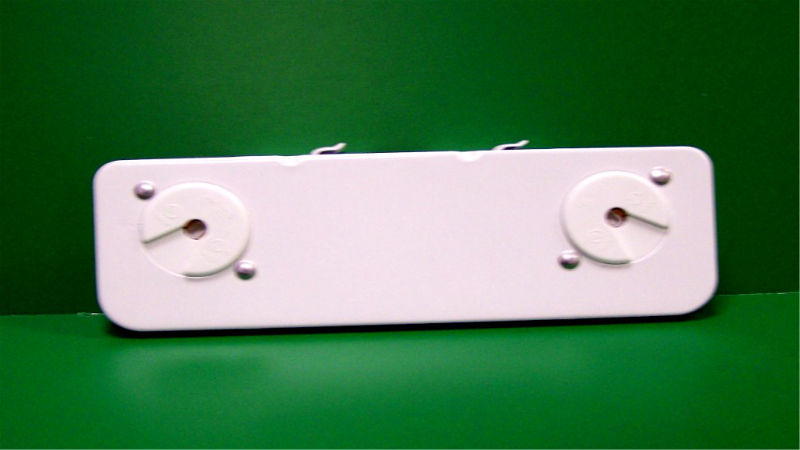Light bulbs and the sockets they fit into are not a homogenous group. They come in a variety of sizes, shapes, and types. Different bulbs require different shapes of sockets. As a result, you can screw in bulbs in a common Edison screw cap base (E) socket; however, this is not how you remove a light bulb from a bi pin socket.
Bi Pin Sockets: History
Bi pin sockets are also known as bi pins, two-pins, bi pin sockets or bi pin caps. A specific type of lamp fitting, they are generally used on small incandescent and fluorescent lights. Their origin lies with a dispute between Westinghouse and Thomas Edison in the late 19th century. In 1893, the World’s Fair was coming to Chicago. It was to be the very World’s Fair to be electrified. They chose to use AC over DC current sparking a feud between the major two proponents: Westinghouse (AC) and Edison (DC).
After Westinghouse won the rights to provide the wiring, Edison refused to allow them to employ any Edison screw-base bulbs. Because they were patented, Westinghouse had to come up with an alternative. Reginald Fessenden (1866-1932), a Canadian-born inventor, did so. It was the bi-pin socket. He managed this while working as a professor at Purdue University, Indiana in its newly created Electrical Engineering department.
Bi Pin Socket: Types and Applications
A bi pin socket is applicable for a variety of light fixtures including fluorescent, halogen, and incandescent lights. The sockets are available in two distinct types. These are:
- Medium: Common for use for linear fluorescent bulbs, e.g. T8, T10 with an average maximum wattage of 32
- Miniature: For employment with linear fluorescent bulbs such as T5 lights with a wattage of 54
Failure to comprehend what type to use can affect more than the ability of the light to function properly. It can jeopardize you and your family’s safety.
